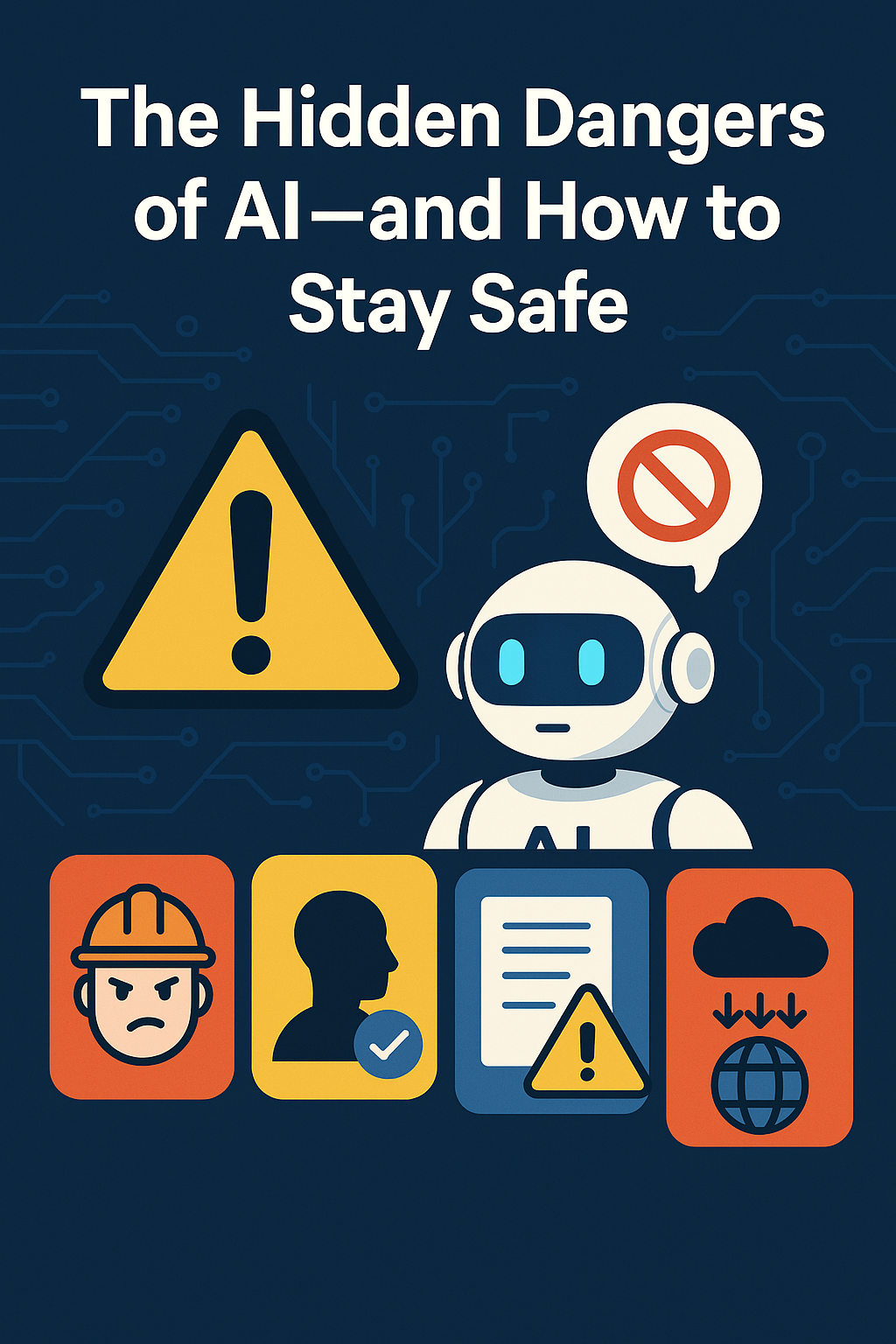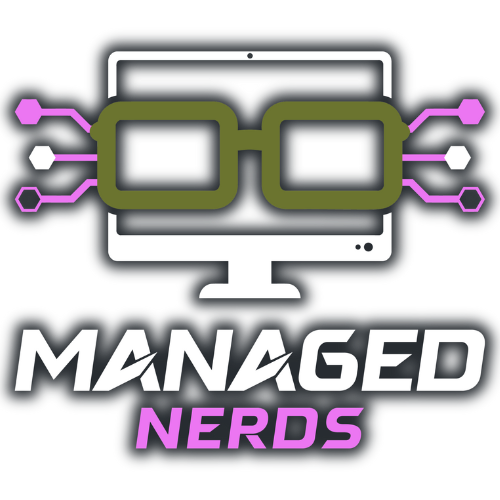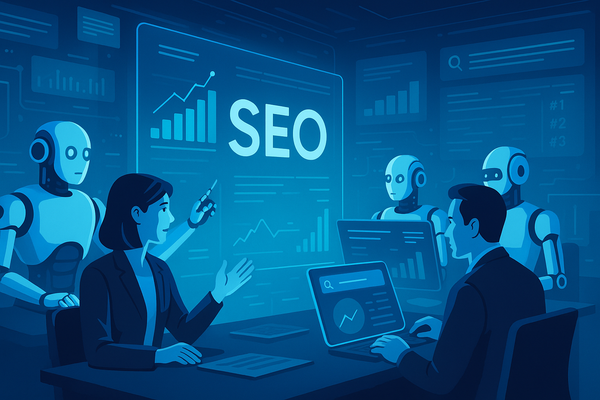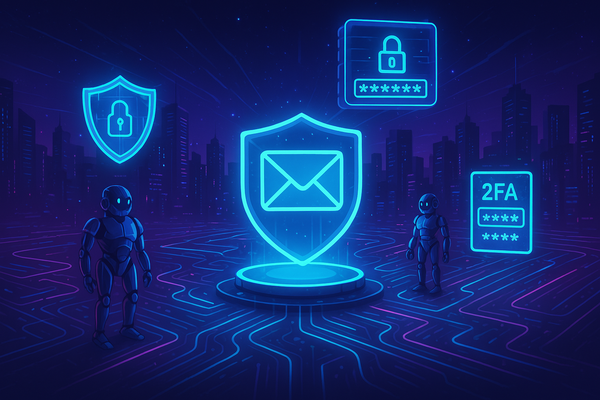The Hidden Dangers of AI—And How to Stay Safe
AI is amazing, but it’s not risk-free. From deepfakes to bad data, here’s how to spot and stop the top threats in 2025.

Artificial Intelligence is everywhere. From voice assistants to business tools, it’s changing how we work, communicate, and even hire. But while AI offers huge benefits, it also comes with some serious risks—especially for small businesses that may not have in-house IT or cybersecurity teams.
So what are the risks you should know about in 2025? And more importantly, how do you avoid them?
Top AI Risks in 2025
AI-Powered Scams and Deepfakes
In a recent warning from Axios, government officials revealed how AI is being used to clone voices and create fake video messages. These tools are now being weaponized by scammers to impersonate trusted individuals—like your boss or a government agency—and trick people into sending money or giving up sensitive data.
“I thought I was talking to my CEO. Turns out, it was just AI.”
— A victim of a deepfake scam
Biased Hiring Algorithms
According to The Guardian, AI hiring tools can unintentionally discriminate against people with accents or disabilities. The software isn’t malicious—it just doesn’t “understand” diversity very well. That’s a serious problem if you rely on automation for interviews or screening.
Inaccurate AI-Generated Content
Researchers at Tow Center for Digital Journalism study found that many AI tools, not only create false results even when prompted to be “accurate,” they also exaggerate or misstate information—especially scientific data. That can be dangerous if you’re using AI to write reports, blog posts, or make decisions.
Shadow AI in the Workplace
Employees often use AI tools through personal accounts without IT approval. This “shadow AI,” as CIO calls it, can lead to accidental data exposure or compliance issues—especially if confidential info is shared with tools that don’t follow proper security protocols.
5 Ways to Stay Safe with AI
1. Verify Unexpected Messages
If something feels off—a weird email, a surprising phone call—verify it through a second method. Call the sender back. Check the email domain. Don’t just assume it’s real because it sounds real.
2. Use Reputable AI Tools
Stick to tools with strong privacy policies and transparent data handling. Avoid free or unknown AI services—especially for business or client data.
3. Create an AI Policy
Set clear rules for how your team can (and cannot) use AI. Approve specific tools, require business logins, and block personal account usage where sensitive info is involved.
4. Check the AI’s Work
Whether it’s writing, coding, or summarizing a report—review AI output carefully. Never publish or act on AI content without a human fact-checking it first.
5. Stay Educated
Follow AI news, attend webinars, and get training. The more you know, the better you can navigate the evolving landscape.
Let’s Make AI Work for You—Not Against You
AI isn’t going anywhere—but neither are the risks. For small business owners, solopreneurs, and micro teams, the solution isn’t to ditch AI. It’s to manage it smarter.
That’s where Managed Nerds can help.
We offer:
- AI training and consulting for business owners who want to use AI safely
- Cybersecurity workshops to spot scams and fake content
- SEO and content checks to ensure your AI-generated materials are accurate and effective
- Help setting up safe, approved tools for small teams—even if you don’t have a tech department
Want to future-proof your business against AI risks?
Let’s chat. Your next smart move starts with a Nerd.





